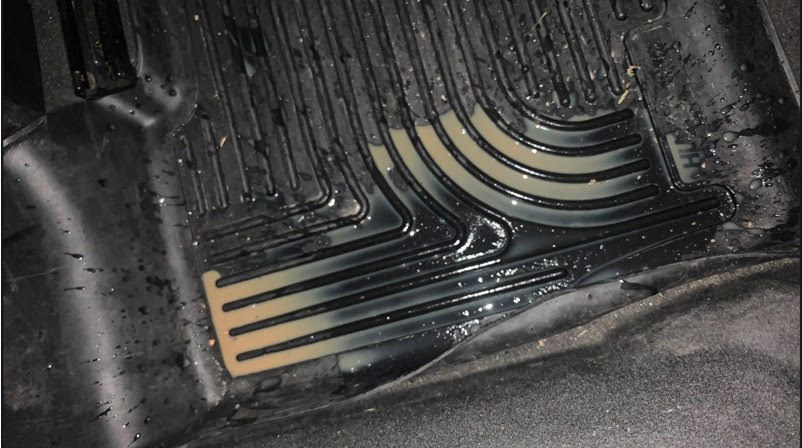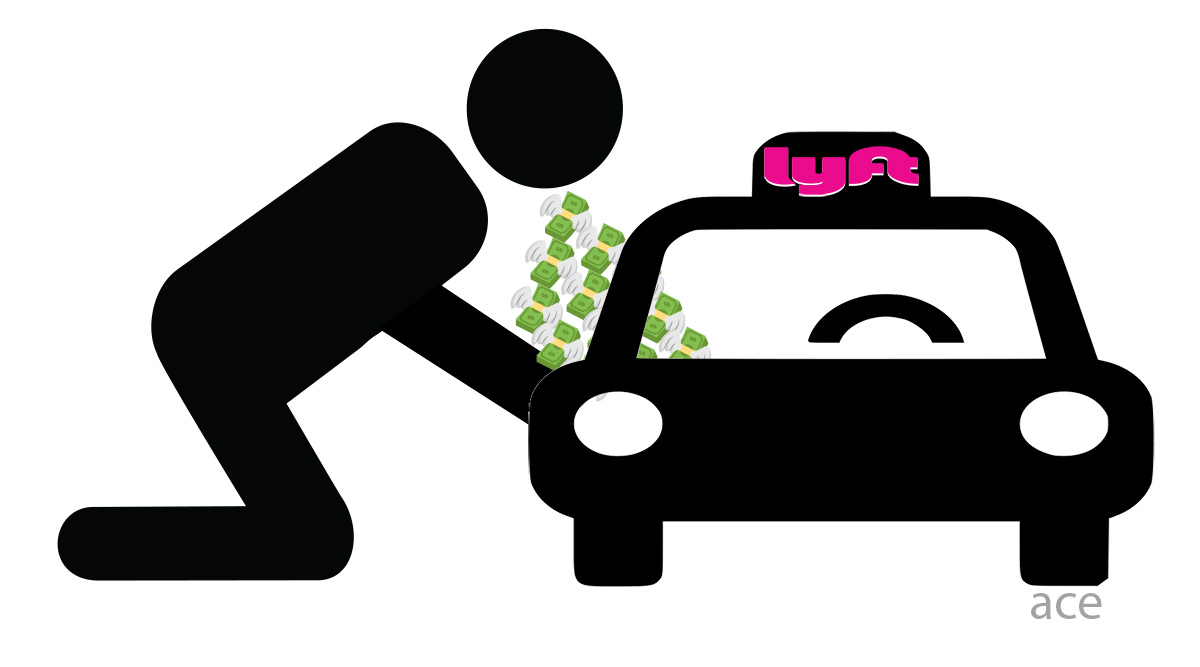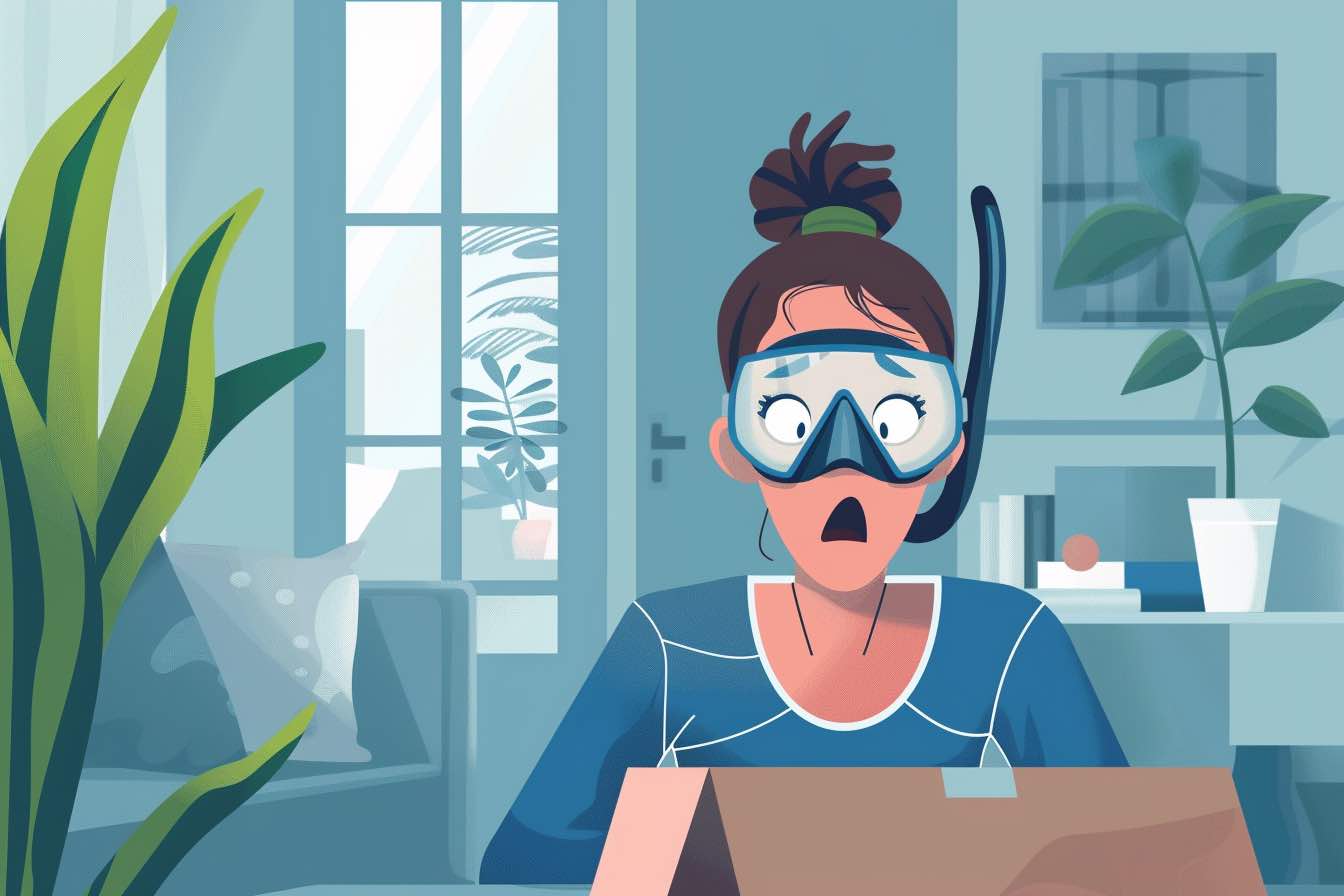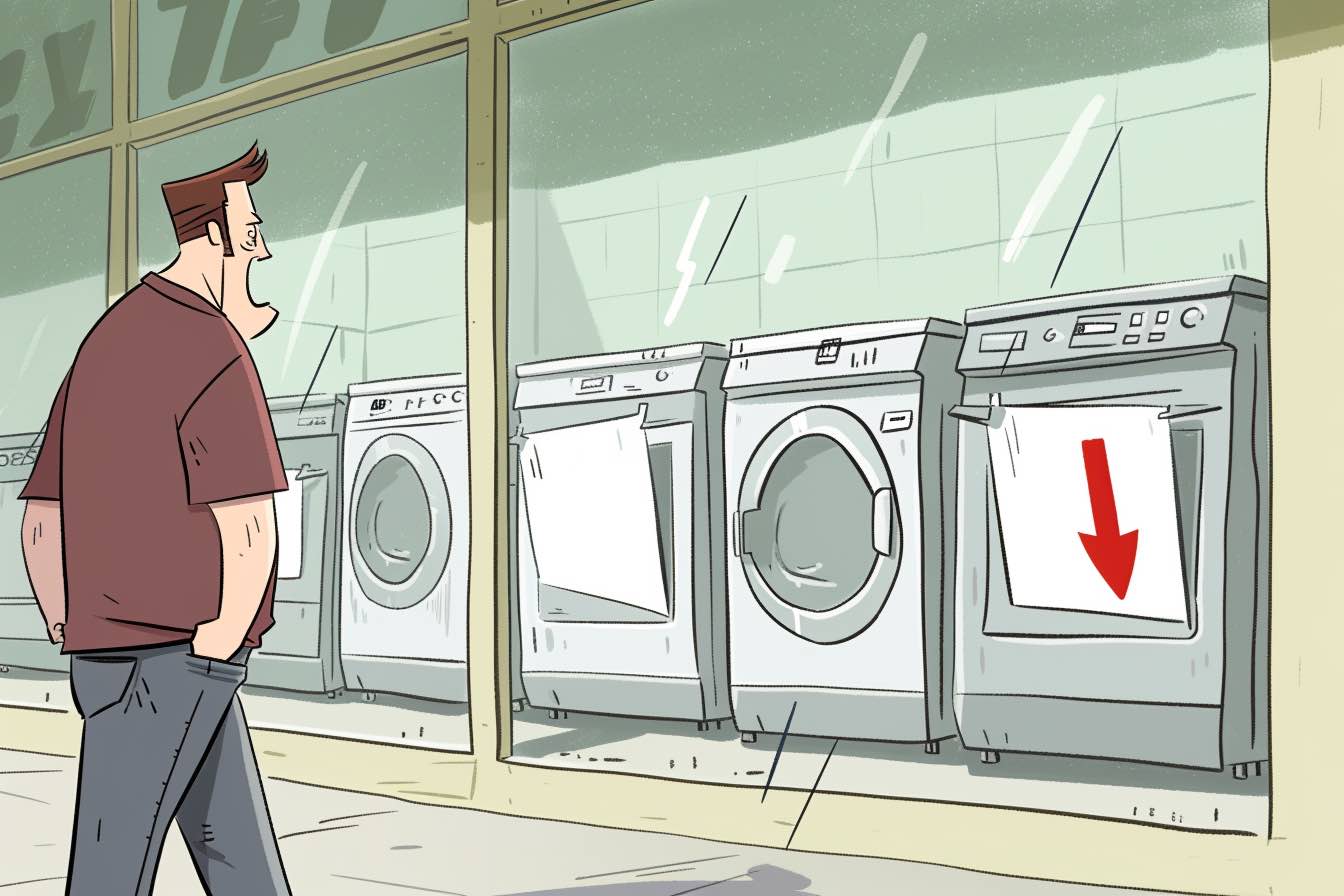Svetlana Milina didn’t expect to become a victim of Lyft vomit fraud on her seven-minute trip across Manhattan. And Peter Leung didn’t see the Lyft vomit scam coming when he caught a ride in suburban Toronto.
But both of these passengers were broadsided by the biggest rideshare problem in recent memory — and this one is disgusting on several levels. As much as it sickens me to do so, it’s time to bring up their cases. Because these troubling ridesharing scams are multiplying at an alarming rate.
[ez-toc]
What is the vomit scam?
The rideshare vomit scam is a type of travel scam that involves a fraudulent damage claim filed against a passenger after taking a rideshare. Both Lyft and Uber allow drivers to send a claim for damages caused to their cars by passengers. The ridesharing platforms then pass the charges on to the customer by automatically charging their credit card on file. Vomit fraud usually involves a significant charge — anywhere from $80 to $150.
It’s called the vomit scam because drivers frequently claim their passengers have thrown up in the back of the car. Passengers often say drivers are faking the evidence of their emesis to earn a few extra dollars.
How seven minutes in a Lyft costs $80
Consider Milina’s case. She recently took a seven-minute ride on a Lyft in New York City.
“Shortly afterward, I received a text and email that there was damage to the car and my credit card would be charged $80,” she remembers.
Lyft refused to furnish her with any evidence of the damage caused by her. Instead, it sent a form email reiterating that she had to pay $80.
“I repeatedly asked for additional information or any evidence of damage,” she says.
Lyft claimed that it had sent her pictures, but she never received them.
“They refused to provide any additional information about the damage or even a phone contact to discuss this,” she says. “I would like these charges and the claim to be reversed.”

“Some drink was spilled in the vehicle”
Leung’s case was similar. He hailed a Lyft in Etobicoke, a suburb of Toronto. It was a short, uneventful ride. But after he left, he also received a message from Lyft, charging him $80.
“According to Lyft, the driver reported that some drink was spilled in the vehicle,” he says. “However, my friend and I — there were no other passengers on that ride — certainly did not bring any drink, not even water. It’s impossible that we are responsible for the spill.”
Leung also asked Lyft for documentation. It sent him an image showing the back seat with a wet floor area. But the photo’s metadata, which would have shown the time of the photo, was missing.
“I asked Lyft multiple times to provide evidence of when the picture was taken, to prove that it happened right after my ride,” he says. “However, Lyft ignored my request.”
Both Leung and Milina want to know if they have to pay these cleaning fees, even though they’re certain they didn’t cause any damage to the car.
A brief history of rideshare vomit fraud
Vomit scams are as old as ridesharing. Drivers have always been able to charge passengers who trash their cars, and most of them use the system responsibly. They provided adequate documentation and a full written report. Responsible passengers agreed to pay these fees.
But as rideshare companies grew, some unscrupulous drivers saw an opportunity. They could file a false damage claim and pocket the fees.
Back in 2017, one driver said he wanted more sick passengers in his car and hinted the claims could be profitable.
“Last year, I made over $1,100 in cleaning fees,” he noted, adding, “that means I increased my take-home pay by over 10 percent just by being ready for pukers.”
Clearly, a lot of Lyft and Uber drivers were thinking the same thing: Damage claims can be profitable. And since the rideshare platforms have no way of independently verifying the damage claims, it’s easy money. (Related: Lyft charged me $150 for cigarette burns. But I don’t smoke!)
Uber suffered a wave of vomit scams a few years ago. They faded in late 2018, as Uber presumably added new fraud-detection processes to prevent frequent claimants with sketchy evidence. Lately, we’ve seen more vomit fraud claims with Lyft.
What do Lyft and Uber charge for vomiting in a car?
Uber charges its passengers an “inconvenience fee” of up to $250 depending on the type of damage.
The damage fee depends on the type and size of the mess, according to Uber. It bases its numbers on nationwide averages of professional cleaning services.
Here are the current fee amounts:
- $20 for small liquid spills. That includes spilled coffee, grease from food, or water or mud on the floor mats.
- $40 for a significant mess. Uber includes bodily fluids like vomit in this category, so the minimum you would pay for vomit would be $40. Also on the list: paint, sticky messes that stain and gum.
- $80 for significant liquid messes that require professional cleaning. This also includes vomit.
- $150 for extensive liquid and smelly messes inside the vehicle, including bodily fluids. To get to this level, your car must be steam cleaned and aired out “for long periods of time.”
Lyfts’ charges are not as detailed:
- $20 for what it calls minor damage. That includes mud, dirt, or animal fur in the car.
- $30 for moderate damage — food, drink, or biowaste. That would be vomit.
- $80 for moderate damage such as liquid, biowaste or bodily fluids in the vehicle. It’s unclear what the differentiator between $30 and $80 is. All of the charges our team has seen are at the $80 level.
- $150 for major damage like biowaste (vomit) “all over the car” or physical damage to fixtures inside or outside of the car.
Here are some damages Lyft won’t cover:
- Picking up food wrappers or empty water bottles.
- Bad odors left behind by a passenger.
- Wear and tear on the vehicle.
- Time spent cleaning the car.
- Time spent not driving because of damage (loss of use).
What’s the damage reporting process for passengers who vomit in a car?
Reporting a vomiting passenger is easy, even if it is a complete work of fiction.
Here are Lyft’s requirements:
- You have to send Lyft a written report before accepting another ride. A driver must file the report within two hours of the ride.
- You must note the passenger or ride where the damage occurred, including the time and date.
- Include two clear photos of the damage.
- You must report any details about how the damage happened.
If you can’t meet all of these requirements, Lyft could deny your claim.
Here’s how to file a damage claim on Uber:
- Submit a detailed description of the incident that resulted in vehicle damage.
- Include three photos of the damage taken from different angles within three business days of the trip.
- Enclose a professional repair estimate and receipt within five business days of contacting support.
- The estimate and receipt must include several details, such as the name and contact information for the shop, the date of the estimate or service, and the year, make, and model of the vehicle.
This last requirement — a professional estimate — appears to be the reason Uber’s vomit scam complaints have dropped since 2018. It’s much harder to fake a professional bill for cleaning. Lyft does not appear to have any such requirements.
How does the vomit scam work at Uber and Lyft?
We’ve mediated several vomit scam cases here at Elliott Advocacy.
Here’s how the claims process works:
Drivers send Uber or Lyft a bogus damage claim through a webform. It’s likely that a human monitors each claim with the help of some automation that rejects incomplete forms. The claims process is quick. You should receive a notification of the charge within a few hours of your ride.
We don’t know much about the screening process. Again, our advocacy team suspects that the reason we don’t see as many Uber vomit scam cases is that the company requires an invoice from a professional cleaning company. Lyft doesn’t.
How do you appeal a vomit scam claim?
It’s possible to appeal a vomit fraud claim through the ridesharing app.
On the Uber app, you can initiate a dispute by clicking on the trip with the damage claim. And on the Lyft app, you can tap “Get Help” and “Request a Review” for information on how to dispute the fee.
Here’s where the breakdown happens. When a customer disputes a damage claim, the ridesharing company will review the appeal. But it’s unclear who reviews the appeal. Is it a manager? Or is it the same person who approved the original claim?
Our advocacy team only has the emails, which show a consistent pattern. The passenger appeals and gets the following form response:
Per our Terms of Service, we charge a damage fee to help drivers repair and clean affected areas of their vehicle, once drivers provide evidence.
We re-opened your case and after extensive review of the information provided by both you and the driver, no adjustments will be made to this claim.
If you don’t pay the fee, Lyft and Uber will block you from using their service.
How to get a vomit fraud claim removed from your bill
Filing a chargeback on your credit card only makes sense if you never plan to use Lyft or Uber again. Because if you win — and you probably will — the companies will block you from using the service.
Instead, find the name of a manager on this site. We publish the executive contacts for Lyft and Uber.
Send a brief, polite email to one of the managers.
Ask for the following information:
A cleaning bill
You should have access to the cleaning bill. The invoice should show the professional cleaners’ name, address and phone number.
A copy of the damage report
A report should accompany each damage claim. You should ask to review yours, even if it is partially redacted.
Note the following problems with your claim:
Point out any inconsistencies in the evidence
For example, we have cases where photos show the car at night, but the ride took place during the day. In this case involving a cleaning fee for smoking, the picture appeared to show a differing back seat.
Note the lack of metadata
I’ve never seen a photo submitted by Lyft or Uber that contains metadata. So there’s no way of telling when someone took the photo.
I have more information on how to resolve a consumer dispute in this free guide.
Give the executives a few weeks to review your claim. If that doesn’t work, please contact my advocacy team.
How to avoid a ridesharing vomit scam
Take photos of the car and your seat
You need evidence that you left the car in pristine condition. The only way to counter a vomit scam claim is to send those pictures. Take images of the floor mats, seat cushions and the front seats — any areas that could potentially become future claims.
No eating, drinking or smoking in the car
Treat the car as if it’s yours. Avoid consuming anything in the car, including water.
Report any damage right away
Say something to your driver if you see a rip in the seat. Ask if the damage is pre-existing and if the driver intends to file a claim. You might be able to settle the claim without getting Lyft or Uber involved.
By the way, if you’ve caused any damage of any kind to your rideshare vehicle, please own up to it immediately. These strategies are meant to protect you from a vomit scam — not to get you out of paying a legitimate damage claim.
Here are the resolutions to these Lyft vomit fraud cases
In Milina’s case, Lyft claimed her driver had sent photos of muddy footprints in a car. But her ride had taken place on a sunny day, and she had not received any photos. When I pointed this out to Lyft, it agreed to review her case.
“Our customer team reached out to Svetlana and handled the matter and provided a refund,” a representative told me.
Lyft also said it would treat the claim by her driver as fraudulent.
For Leung, the evidence provided by the driver was a wet floormat. It looked like someone had gotten into the back seat on a rainy day. I also shared the evidence with Lyft.
A representative replied to me, recommending Leung “go through the process” of filing a dispute. I explained that he had already done so.
A few days later, I received an update from Leung.
“I have received a full refund from Lyft,” he said. “Thank you so much for helping me. It means a lot to me.”




